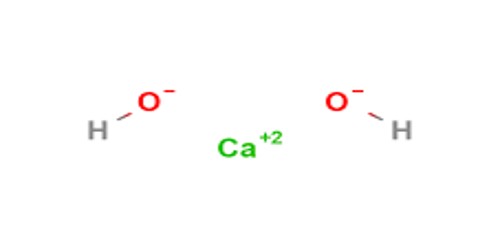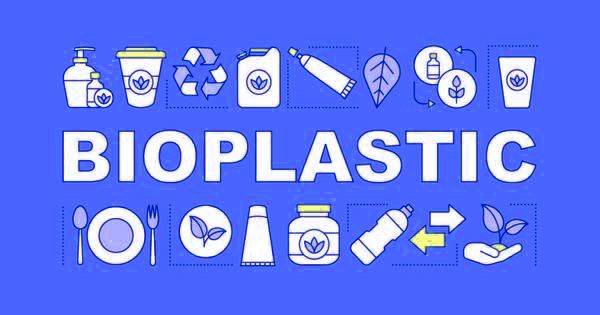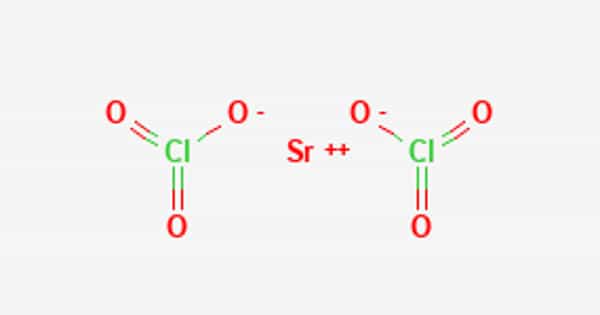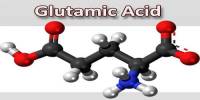Calcium hydroxide, also known as slaked lime, is a chemical compound with the formula Ca(OH)2. It dissolves slightly in water. It can be dehydrated (remove the water) to calcium oxide by heat. It a white crystalline strong alkali, that is used especially to make mortar and plaster and to soften water. It can be used to neutralize acidic soils.
Properties
Calcium hydroxide adopts a polymeric structure, as do all-metal hydroxides. It is a base. It can be made by the chloralkali process. It is a colorless crystal or white powder and is produced when quicklime (calcium oxide) is mixed or slaked with water. Its key feature is its high alkalinity (pH 11–12.5), and this can be achieved using calcium hydroxide powder mixed with pure water to the consistency of a light paste.
- Chemical formula: Ca(OH)2
- Molar mass: 74.093 g/mol
- Appearance: White powder (Odor Odorless)
- Density 2.211 g/cm3, solid
- Melting point 580 °C (1,076 °F; 853 K) (loses water, decomposes)
- Solubility in water: [1.89 g/L (0 °C)], [1.73 g/L (20 °C)], [0.66 g/L (100 °C)]
- Solubility: Soluble in glycerol and acids (Insoluble in alcohol)
Uses:
Calcium hydroxide used in industrial settings, such as sewage treatment, paper production, construction, and food processing. It is used in many applications, including food preparation, where it has been identified as E number E526. One significant application of calcium hydroxide is as a flocculant, in water and sewage treatment. It is also used in fresh water treatment for raising the pH of the water so that pipes will not corrode where the base water is acidic because it is self-regulating and does not raise the pH too much. It also has medical and dental uses. For example, root canal fillings often contain calcium hydroxide.
Health risks
Calcium hydroxide poisoning occurs when someone swallows this substance. Unprotected exposure to Ca(OH)2 can cause severe skin irritation, chemical burns, blindness or lung damage or rashes.
















